Introduction
Discover the incredible Big Bend National Park in Texas, where a diverse landscape is shaped by the changing weather across each season. This guide will help you plan your visit with information about temperature, precipitation, sunny days, activities, camping, wildlife, and any seasonal closures or reduced operating hours. Get ready to explore the wonders of Big Bend National Park, no matter the time of year!
Spring Weather in Big Bend National Park
Spring is a popular time to visit Big Bend National Park, with mild temperatures and blooming desert wildflowers making it an attractive season for many outdoor enthusiasts. The weather can vary greatly during this time, with average daytime temperatures ranging from 60-90°F and nighttime temperatures between 40-60°F.
Rain is not common during the spring months, but occasional showers can bring some relief to the dry landscape. Spring is the perfect time for hiking and birdwatching, as the cooler temperatures make outdoor activities more enjoyable. It is also an ideal season for camping, with campsites remaining open and the nights still cool enough for a cozy campfire.
Wildlife sightings are frequent during spring, including a variety of migratory birds, blooming cacti, and desert wildflowers. While there are no significant closures or reduced operating hours in spring, be sure to check for trail conditions before heading out on your adventure.
Summer Weather in Big Bend National Park
Summer in Big Bend National Park can be scorching, with daytime temperatures often reaching over 100°F. The heat can make outdoor activities more challenging, so it’s essential to plan accordingly by carrying plenty of water and staying in shaded areas whenever possible.
Though the summer months are the least likely to see rainfall, occasional storms can bring flash floods to the area, so always be prepared for sudden changes in weather. Despite the high temperatures, summer can be a rewarding time to visit, as the park’s many swimming holes offer a refreshing escape from the heat.
Camping in the park during summer requires extra care, as the hot temperatures can make for uncomfortable sleeping conditions. Be sure to bring proper ventilation and shading equipment for your tent or RV, and always practice proper heat safety precautions.
Wildlife viewing is still possible during the summer months, but some species may be more elusive due to the heat. Remember that the Chisos Basin Visitor Center operates under reduced hours during the summer season, so plan your visit accordingly.
Fall Weather in Big Bend National Park
Fall in Big Bend National Park brings cooler temperatures and vibrant colors, making it an ideal time for hiking and exploring the park’s unique terrain. Daytime temperatures typically range from 60-80°F, with nighttime temperatures dropping to 40-60°F.
The fall season sees an increase in precipitation, which can lead to a higher chance of flash floods. Always be aware of the weather forecast before setting out on a hike and have a plan in case of unexpected changes.
Camping in the park during the fall season is pleasant, with cooler nights providing an excellent opportunity to enjoy a campfire and stargaze. Most campsites remain open, but it’s always a good idea to check for any closures or restrictions in advance.
Wildlife sightings can be abundant during the fall season, as animals prepare for the upcoming winter months. This is an excellent time to observe the park’s many bird species during their fall migration.
Winter Weather in Big Bend National Park
Winter in Big Bend National Park can be unpredictable, with daytime temperatures ranging from 40-60°F and nighttime temperatures often dipping below freezing. Snow is rare in the lower elevations of the park but can accumulate in the higher elevations, such as the Chisos Mountains. This can create stunning views and unique photo opportunities but may also cause temporary trail closures.
Precipitation during the winter months is relatively low, but sudden rain or snowstorms are possible. Be prepared for changing conditions and pack warm, waterproof layers when exploring the park during the winter season.
Winter camping in Big Bend National Park can be a unique experience, with cooler temperatures and fewer crowds. However, it’s essential to come prepared with proper gear for cold weather, such as insulated sleeping pads and sleeping bags rated for low temperatures. Note that some campgrounds may have limited services or closures during the winter months, so check for updates before your visit.
Wildlife is less active during the winter season, but you can still spot various bird species and other animals that have adapted to the colder conditions. Always exercise caution when driving in the park during winter, as icy roads can create hazardous conditions.
Conclusion
Big Bend National Park offers visitors a diverse range of experiences throughout the year, with each season presenting its unique charm and challenges. From the vibrant wildflowers and pleasant temperatures in spring to the stark beauty and solitude of winter, there is always something to discover in this captivating landscape. With proper planning, a visit to Big Bend National Park can be an unforgettable adventure, regardless of the time of year.


